Scotland is more than just a land of rolling green hills and ancient castles. It’s a place where myths and legends seem to weave through the very fabric of its landscapes, whispering tales of bravery, mystery, and magic. Whether rooted in historical fact or purely the product of imagination, these stories reveal Scotland's soul. And the best part? You can visit the places where these myths were born and decide for yourself what’s real.
Hold on to your kilts as we explore some of Scotland’s most intriguing myths and legends.

The Courage of Robert the Bruce
Reality meets inspiration
Robert the Bruce, one of Scotland’s most celebrated kings, occupies a fascinating space between historical fact and folklore. Historically, he’s remembered as the monarch who secured Scotland’s independence from English rule in the early 14th century. However, it’s his connection with a small, determined spider that has truly captured imaginations.
Legend has it that after several failed attempts to defeat the English, Robert the Bruce found himself hiding in a cave on the rugged Isle of Arran. There, he watched a spider try repeatedly to spin its web despite numerous setbacks. Inspired by the spider’s persistence, he famously declared, “If at first you don’t succeed, try, try again.” Reinvigorated, Robert left the cave, forged alliances, and ultimately triumphed at the Battle of Bannockburn in 1314.
Curious about his story? Retrace Robert the Bruce’s steps on the St. Cuthbert’s Way, which takes you through the Scottish Borders to Melrose Abbey, where his heart is said to be buried.

The Loch Ness Monster
A legend that swims between myth and hope
If there’s one legend that looms larger (literally) than all others, it’s Nessie, the Loch Ness Monster. A creature said to inhabit the dark, deep waters of Loch Ness, Nessie has been the focus of countless expeditions, grainy photos, and perhaps a little wishful thinking.
The first recorded sighting dates back to St. Columba in 565 AD, who supposedly prevented the creature from attacking one of his followers. Since then, there’s been a steady stream of reported sightings, from the infamous (and later disproved) "surgeon’s photo" in 1934 to more recent sonar readings that spark debate.
Is Nessie real? Who knows? What is real, though, is the jaw-dropping scenery around Loch Ness. You can hike alongside its waters on the Great Glen Way, soaking up both the beauty and the mystery. Maybe you’ll even catch a glimpse of something slithering through the waves. Don’t forget your binoculars!

Rob Roy MacGregor
Scotland’s very own Robin Hood
Rob Roy MacGregor’s story is steeped in legend, mingling fact and myth to create one of Scotland’s most enduring folk heroes. Once a respected cattleman and a sort of protector-for-hire, Rob Roy turned to banditry after financial troubles landed him on the wrong side of the law. Depending on who’s telling the story, he’s either a cunning outlaw or a misunderstood hero who stood up for his people.
The Trossachs National Park, where Rob Roy lived and roamed, offers the chance to walk the Rob Roy Way. This trail takes you through the stunning forests and glens of the area, letting you envision what life might have been like for the man behind the myth.

Selkies
Mythical creatures of the sea
Turn up the mystery dial, and you have the Selkies. Part seal, part human, Selkies are said to live in the waters surrounding Scotland’s Shetland and Orkney islands. These enchanting creatures supposedly shed their seal skins to walk on land in human form, often forming tragic bonds with unsuspecting humans.
The aim of many tales is bittersweet. A Selkie finds love on land but eventually longs to return to the sea, leaving behind broken hearts and unanswered questions.
For a sense of these mystical settings, consider Walking on Orkney. With its rugged coastline and ethereal atmosphere, you might almost hear the splash of a Selkie returning to the waves.

Kelpies
Scotland’s malevolent water spirits
Looking at a Scottish stream or loch, you might imagine serene waters…and that’s exactly the trap a Kelpie would want you to fall into. According to legend, Kelpies are shape-shifting water spirits that often take the form of beautiful horses. But don’t be fooled. Climbing onto their backs will seal your doom as they drag you deep into the water to drown.
Loch Ness is thought to host its fair share of Kelpies, along with other lochs throughout Scotland. If you’re intrigued to learn more, or just want a taste of the mystical Loch Ness landscape, you can explore it on our Grand Tour of Scotland Rail and Hike.

Cailleach
The mythical mother of all
No collection of Scottish myths is complete without mentioning the Cailleach. Known as the "Old Woman" or "Hag" in Gaelic, she is said to be the creator of Scotland’s rugged landscapes. Using her hammer, the Cailleach carved mountain ranges, valleys, and rivers into existence, shaping the land we walk on today. She’s both revered and feared, a powerful force that embodies the harsh yet beautiful essence of Scotland.
Highland hikes like the West Highland Way offer a backdrop as timeless and awe-inspiring as the stories of the Cailleach herself.

Cirein-cròin
The stuff of nightmares
If you think one whale is huge, imagine a colossal sea monster so vast it could consume seven in a single meal. That’s the Cirein-cròin, a creature of Scottish Gaelic folklore, said to rule the oceans with size and ferocity unmatched by any other. Only one being could slay this monstrous beast, and that was said to be the devil himself.
While the Cirein-cròin lives solely in myth, Scotland’s coastlines are real enough. Whether you’re marveling at the waves or spotting seals and seabirds, self-guided coastal walks like Skye and the Outer Hebrides provide views that seem almost too good to be true - except they're very real!

Ghillie Dhu
A guardian among the trees
Not all Scottish myths are intimidating. The Ghillie Dhu is a gentle forest sprite said to protect the birch woods of Scotland. With moss-green hair and a love for nature, he has a reputation for being shy and elusive. But when approached with respect, the Ghillie Dhu has been known to guide lost travelers to safety, as in the story of Jessie Macrae, a young girl he led home.
If forests and rugged landscapes call to you, explore the Cairngorms National Park along the Speyside Way. While you might not spot the mythical Ghillie Dhu, you may spot the elusive capercaille, and you'll no doubt feel the magic of Scotland's ancient woodlands and enchanting scenery.

Journey Into Scotland’s Myths and Legends
Scotland’s myths and legends aren’t just stories - they’re an integral part of its landscapes, culture, and identity. From the rugged hills sculpted by the mythical Cailleach to the fathomless depths of Loch Ness, these tales breathe life into every loch, glen, and peak.
If your sense of adventure is tingling, why not discover these mythical sites for yourself? Our self-guided hiking and biking tours immerse you in the landscapes that inspired these timeless legends, offering you the freedom to explore at your own pace.
Don’t just read about the myths. Walk among them. Visit Macs Adventure and book your adventure today.





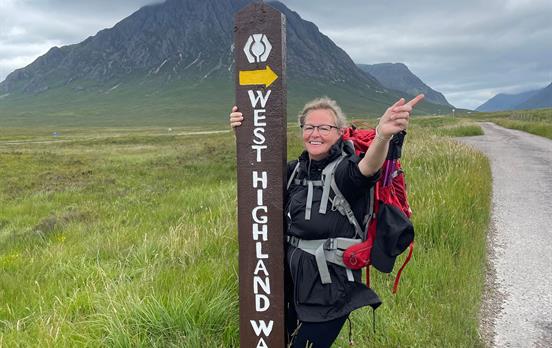
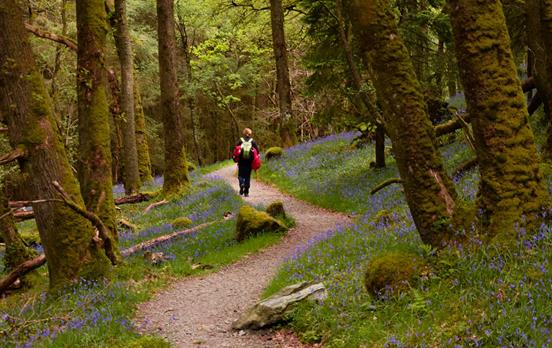
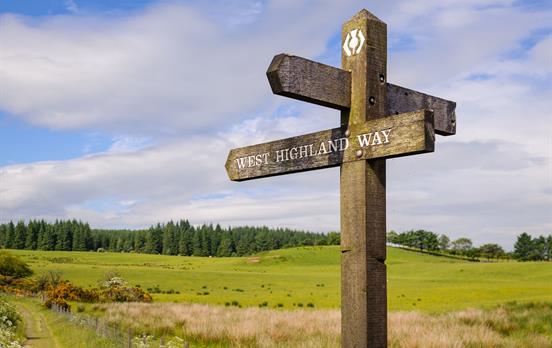
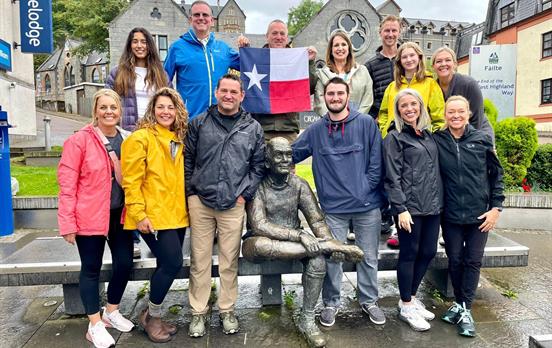
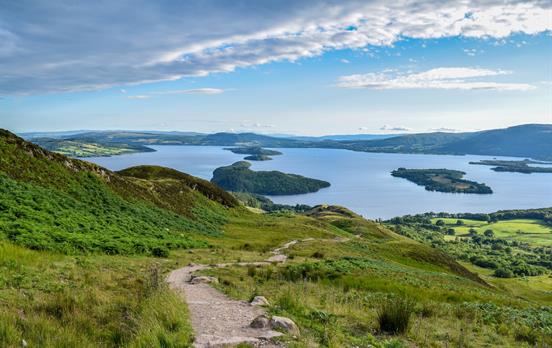
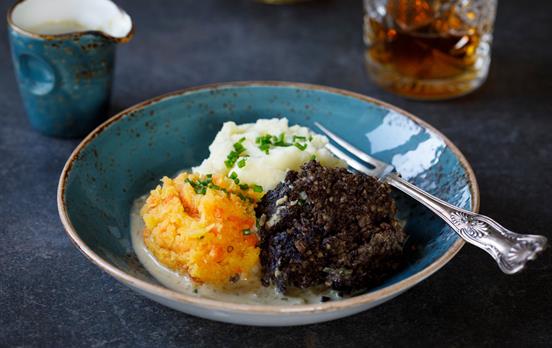
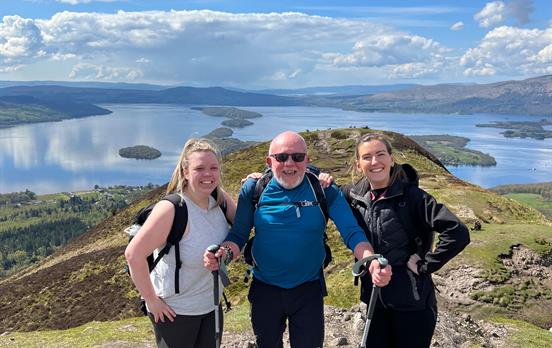

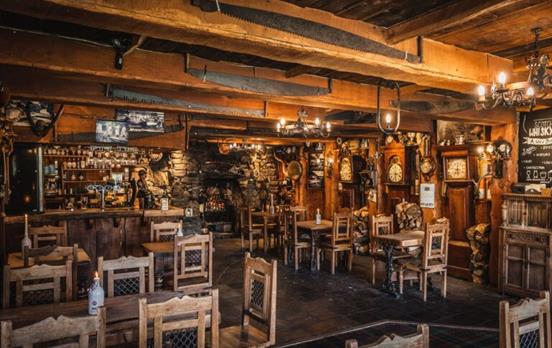




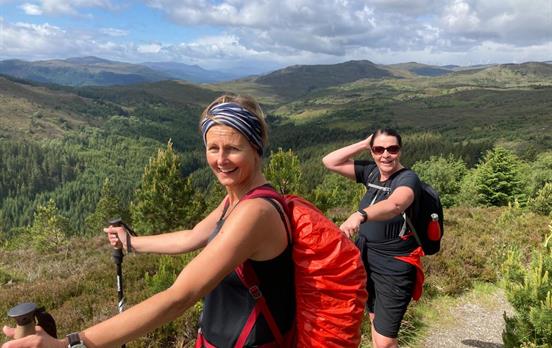

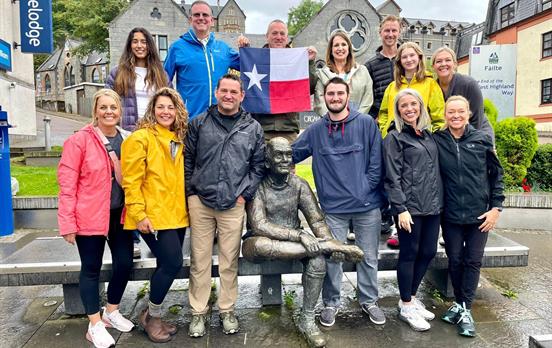
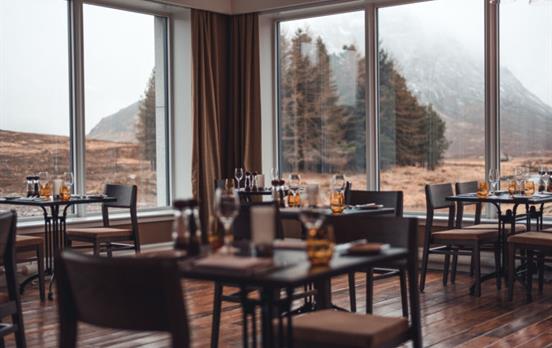

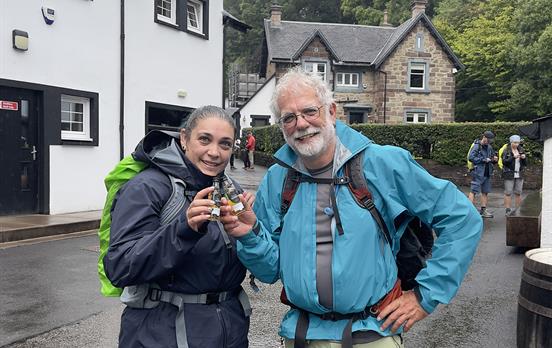

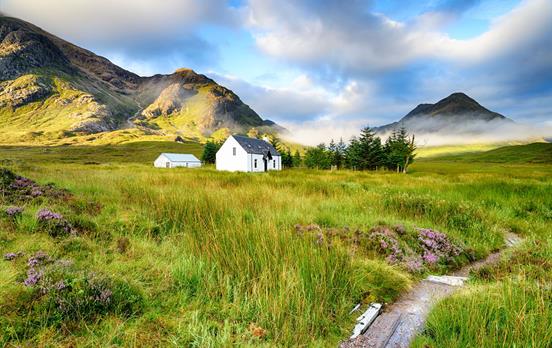
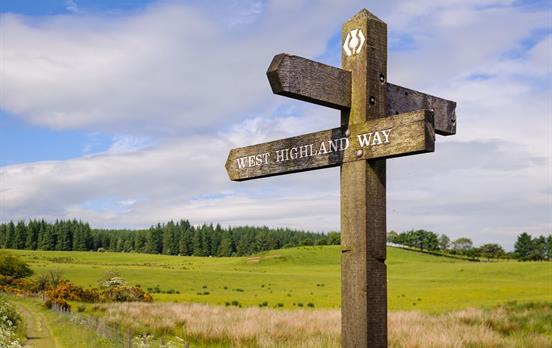




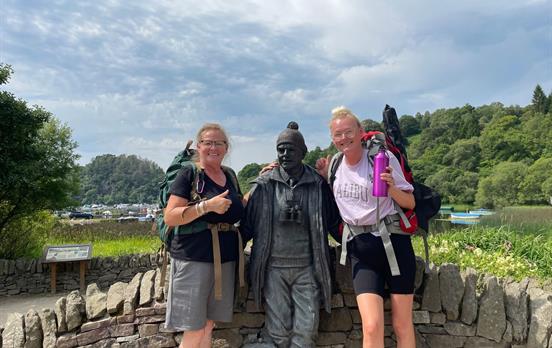
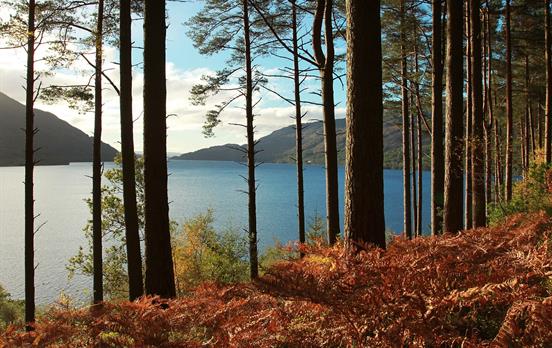



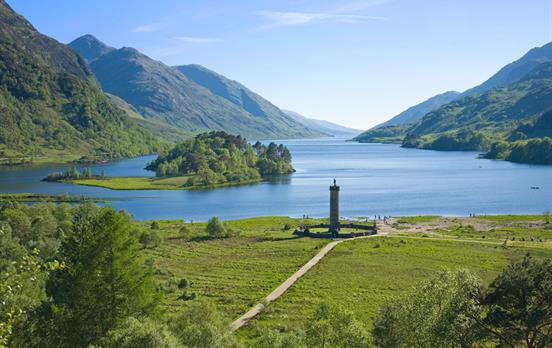
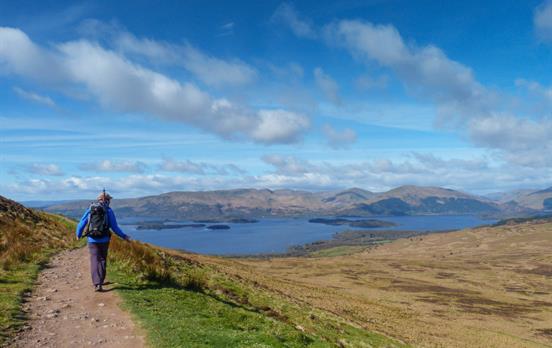
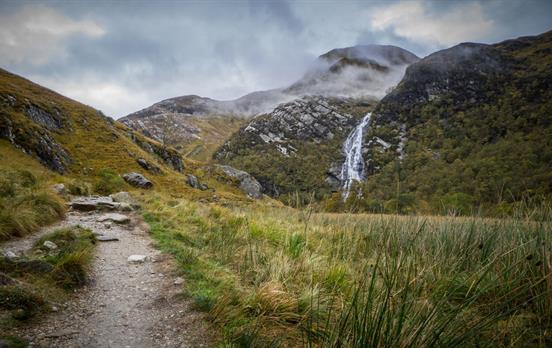

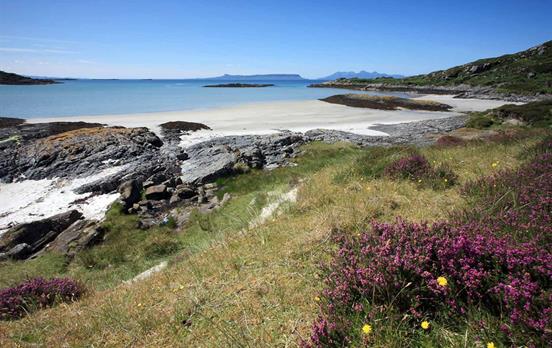

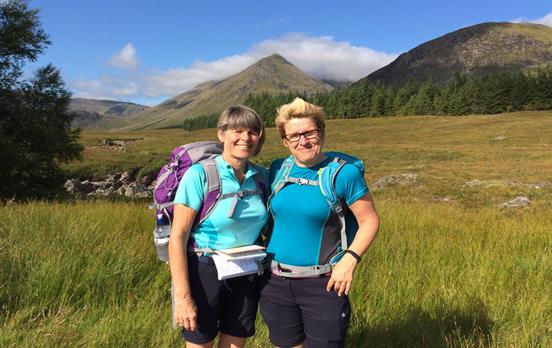





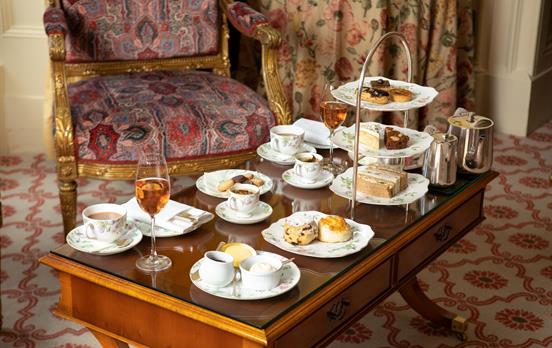
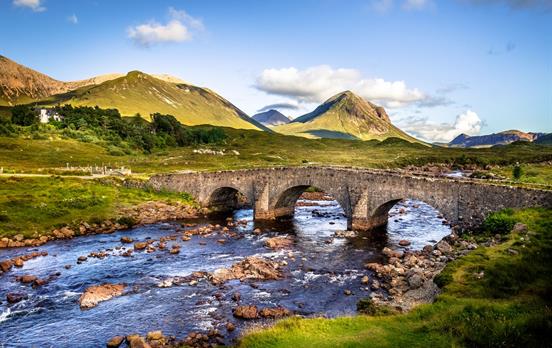
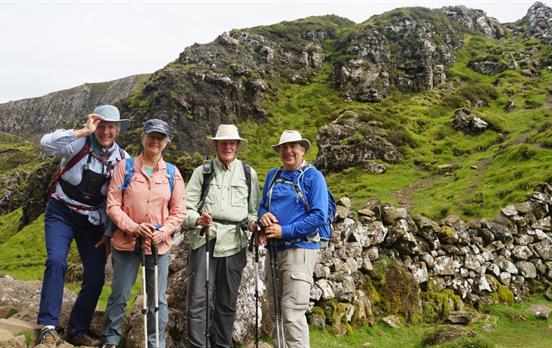

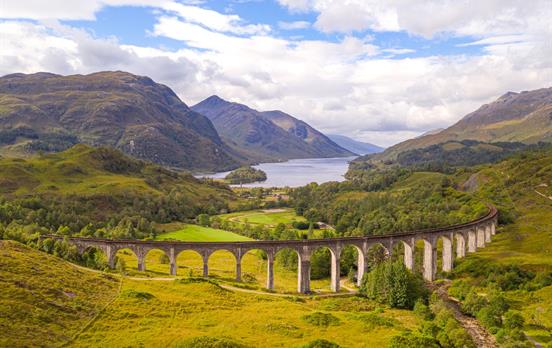

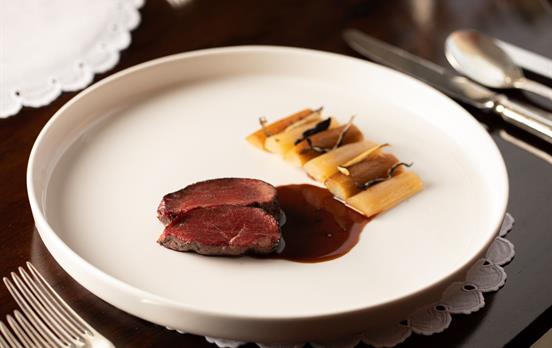



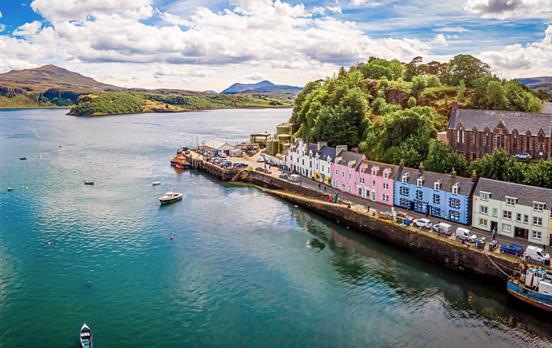

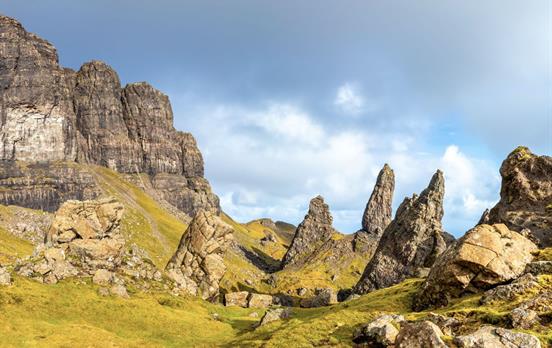

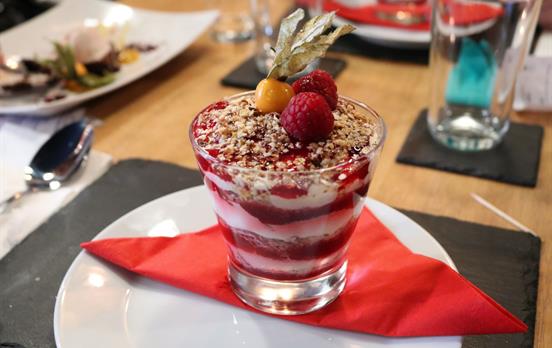




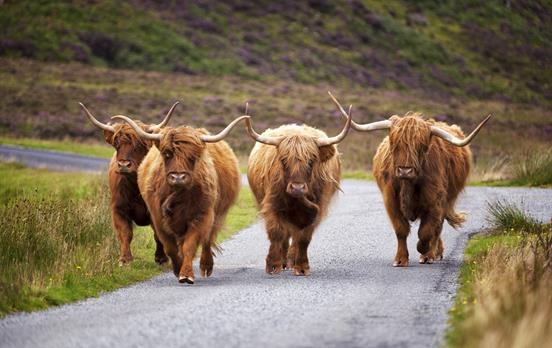



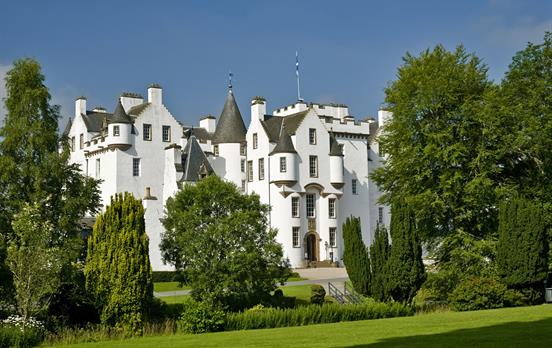

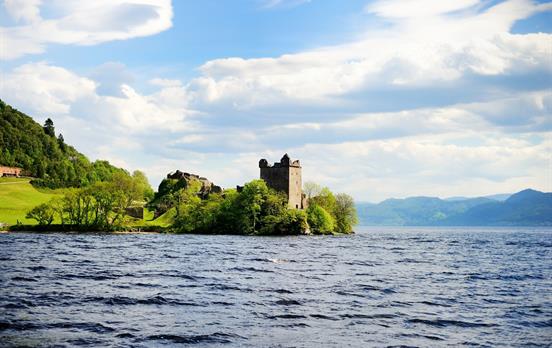

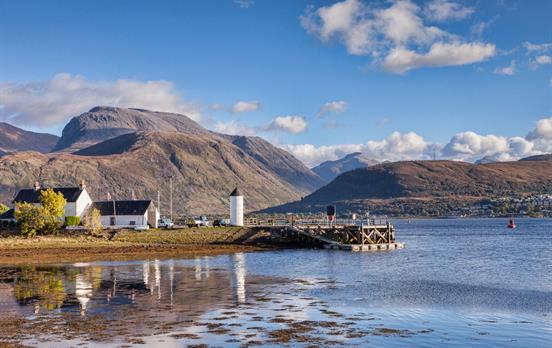
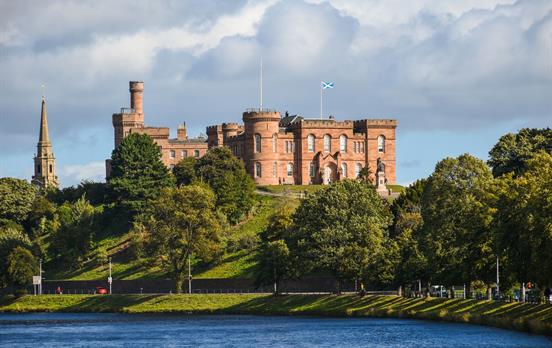
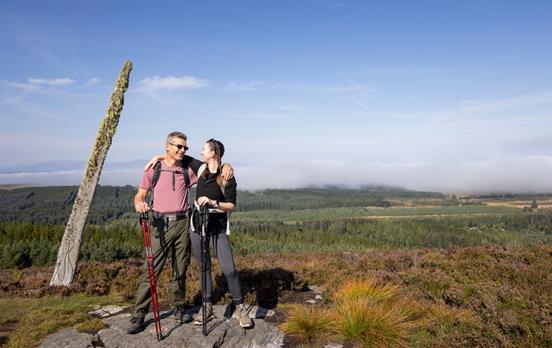





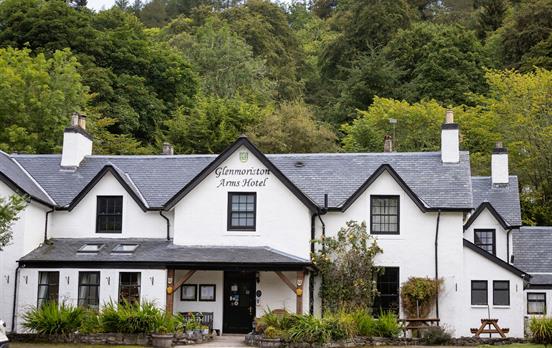

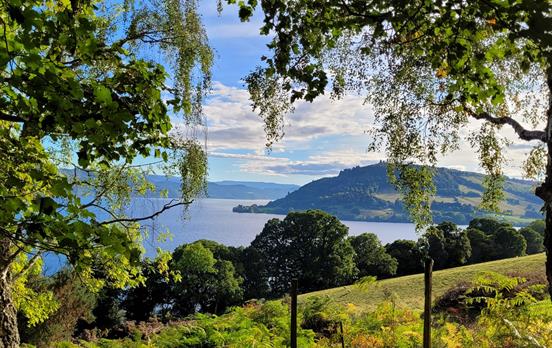
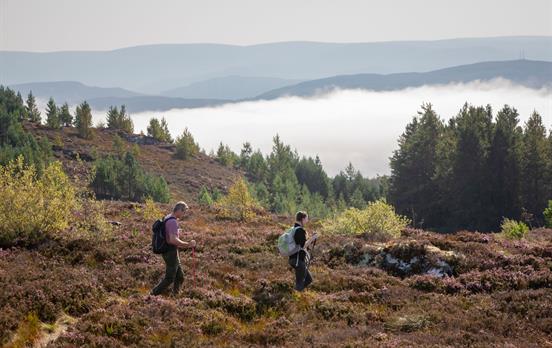


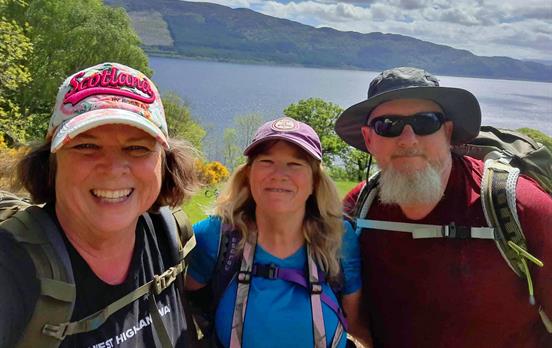
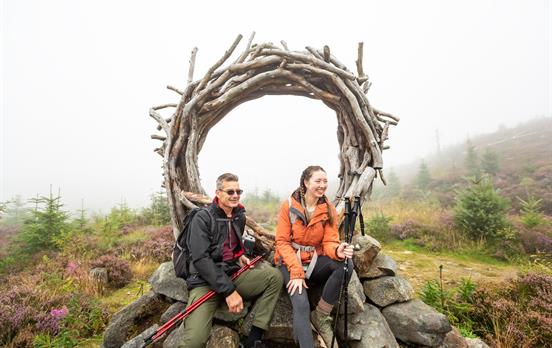
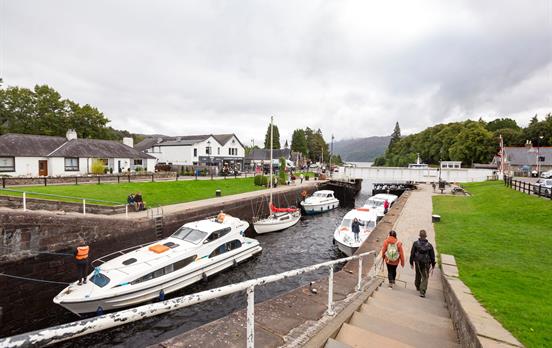
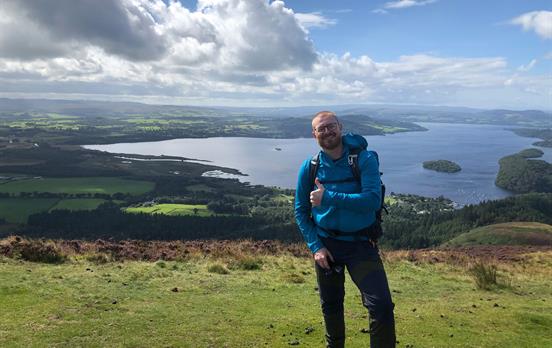


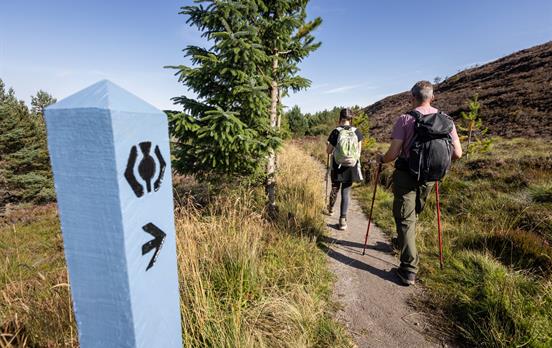
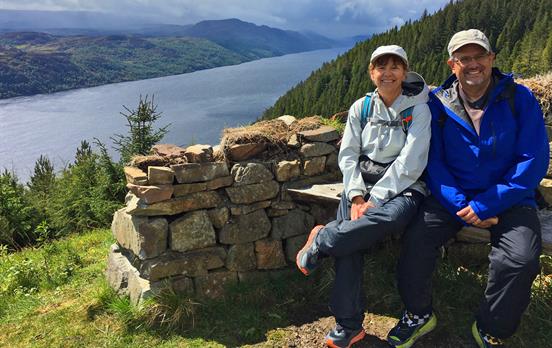
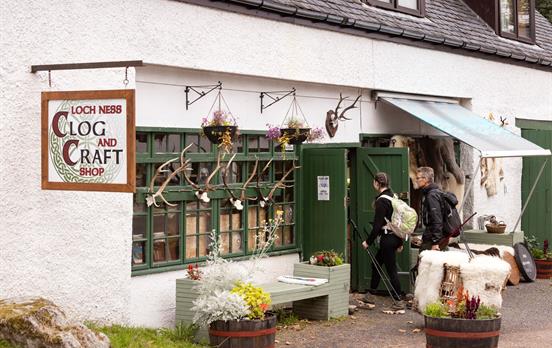
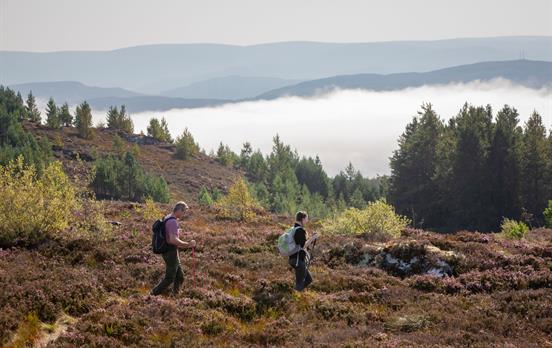

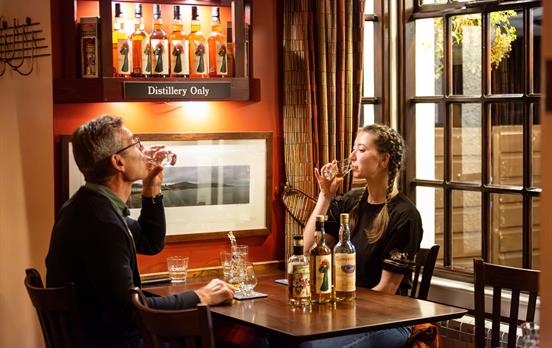
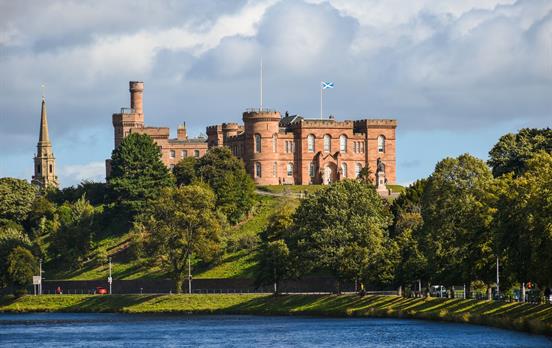
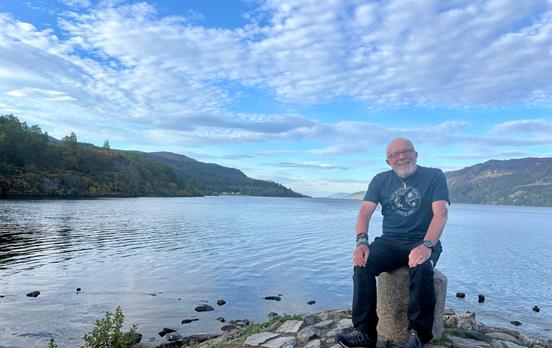

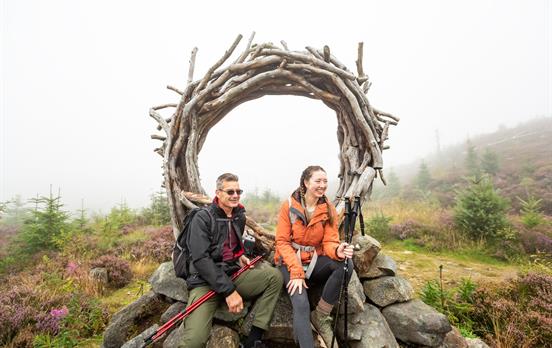
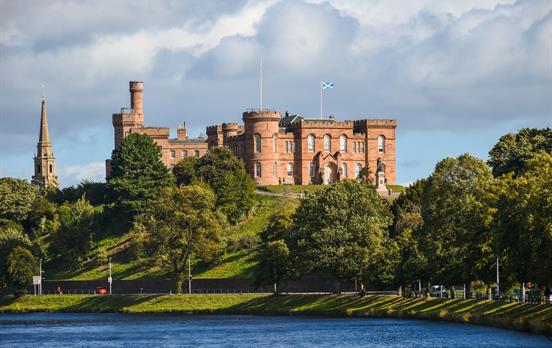

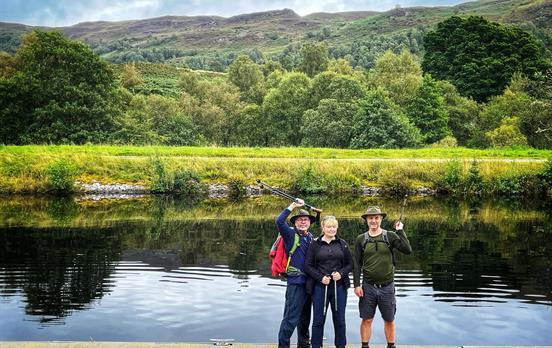

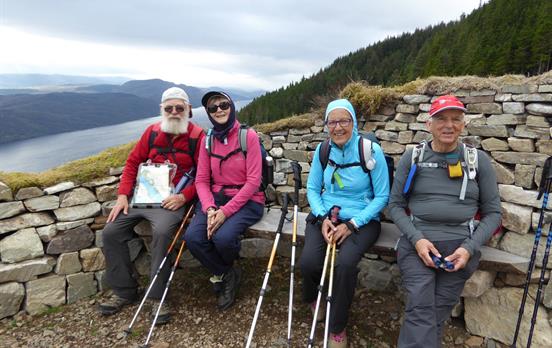
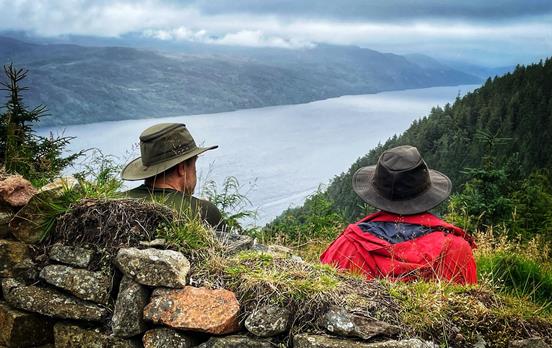




 Canada
Canada